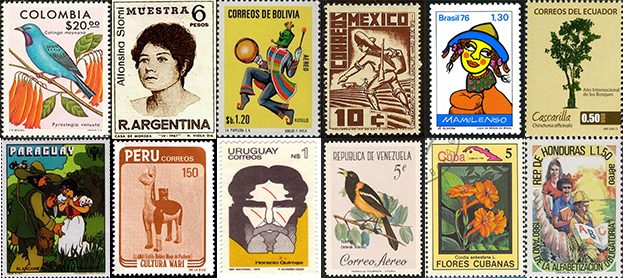Satire, Sarcasm, Sea of Poverty
This piece by Naranjo (a short story) contained many, many literary devices that lent to its effectiveness as what is ultimately an educational short story with a huge moral tilt. I believe the “genre” (if we are using that term) would be a satire, as it makes fun of the monetary agencies such as the IMF and EEC, as well as Costa Rica’s own delusional leaders. Naranjo effectively uses sarcasm to make her points, lending to the satirical tone, as in the lines about levying a tax on air: “ten colones per breath would be a small price to pay.” (151)
Above all, the literary device that I picked up on was metaphor. It was administered in small doses, such as, “sea of poverty,” (150). But metaphor manifests itself in a much bigger way, too, from the concept of Miss Underdeveloped, to the “fat cows” representing international lending. In honesty, I had a bit of difficulty understanding what the idea of Miss Underdeveloped represented, and I’m hoping that a colleague can help me out with this!! (Perhaps in the comments).
The back-and-forth between such metaphor and reality (between the conceptual and the specific) throughout the story had the effect of making me stop and think in the middle of the text, especially because it was done so abruptly between modes (see page 152: the “lean cows” seem to come out of nowhere)! For me, this definitely broke up the flow of the reading and was a bit frustrating, but perhaps this was the intention – to make the reader stop and be an active participant in decoding the metaphor so as to understand it better. I am wondering if the inclusion of such rich metaphor so seamlessly/casually in the text makes this piece an example of magical realism, or whether it’s just metaphor?
